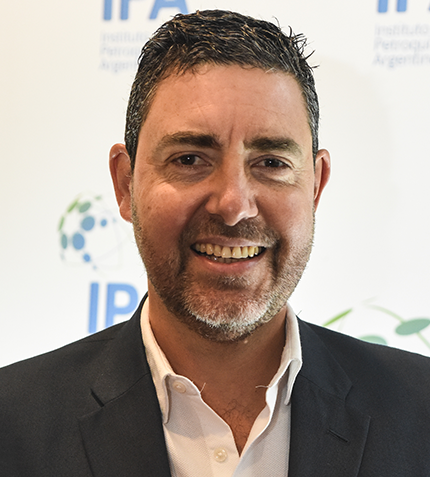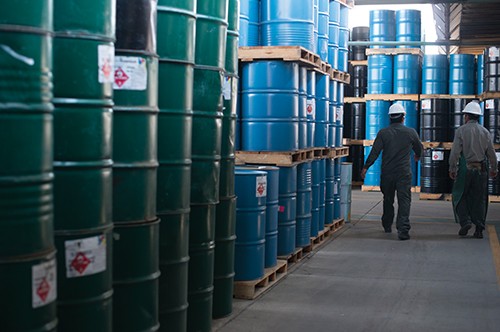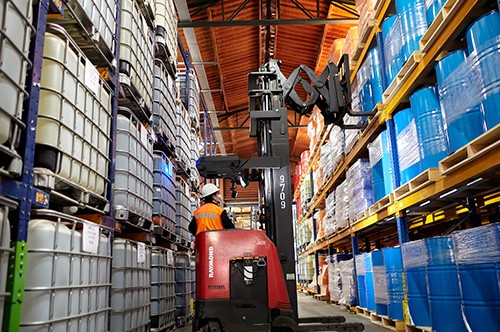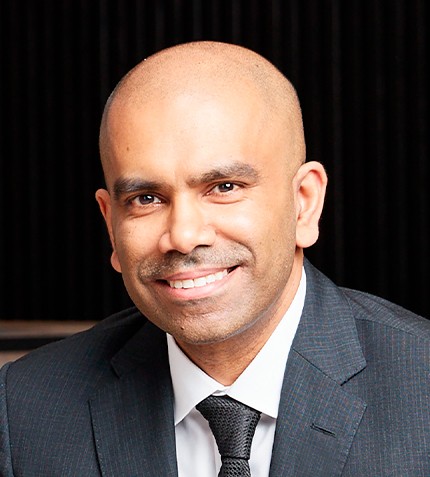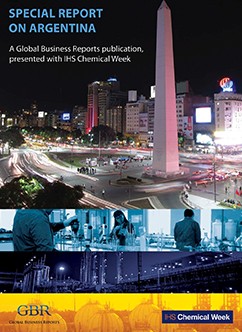
PUBLICATION
Argentina Chemicals IHS CW Release
In the wake of Argentina’s historic change in government and a new-found focus for private investment in hydrocarbons and raw materials downstream, the country’s chemical market has shown promising projections of expansion on the horizon. In the first two months since his December 2015 election, President Mauricio Macri has focused on economic reforms which would transform Argentina into a more attractive destination for foreign investors. Beyond the potential that the Vaca Muerta development could have on the country’s petrochemicals sector, the agrochemical industry is also set to rocket to support the growth in crop production for export. Argentina’s chemical industry is the third largest in Latin America after Brazil and Mexico, accounting for almost 1% of the global chemical industry in 2010 and directly employing more than 100,000 people. Chemical production in the same year totaled almost $25.5 billion and, of this, basic chemicals made up around one quarter, with agrochemicals & fertilizers and specialty chemicals accounting for 13% and 15% respectively. The remaining 50% of production came from paints and coatings, cosmetics and pharmaceutical products.
Argentina has all the ingredients to prosper, however, it will take more than the government’s recently announced $10 billion injection into Buenos Aires’ infrastructure to prepare the country’s railways, ports and roads to support a growth in industrial activity. This report aims to highlight the opportunities and challenges across Argentina’s chemical sector as the country repositions itself on the map for international investors.






